That Moaning Saxophone: The Six Brown Brothers and the Dawning of a Musical Craze
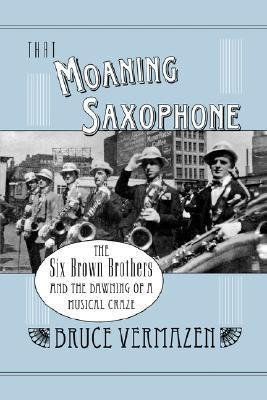
Summary
Today, the saxophone is an emblem of "cool" and the instrument most closely associated with jazz. Yet not long ago it was derided as the "Siren of Satan," and it was largely ignored in the United States for well over half a century after its invention. When it was first widely heard, it was often viewed as a novelty noisemaker, not a real musical instrument. In only a few short years, however, saxophones appeared in music shops across America and became one of the most important instrumental voices. How did the saxophone get from comic to cool?
Bandleader Tom Brown claimed that it was his saxophone sextet, the Six Brown Brothers, who inaugurated the craze. While this boast was perhaps more myth than reality, the group was indisputably one of the most famous musical acts on stage in the early twentieth century. Starting in traveling circuses, small-time vaudeville, and minstrel shows, the group trekked across the United States and Europe, bringing this new sound to the American public. Through their live performances and groundbreaking recordings--the first discs of a saxophone ensemble in general circulation--the Six Brown Brothers played a crucial role in making this new instrument familiar to and loved by a wide audience.
In That Moaning Saxophone , author and cornet player Bruce Vermazen sifts fact from legend in this craze and tells the remarkable story of these six musical brothers--William, Tom, Alec, Percy, Vern, and Fred. Vermazen traces the brothers' path through minstrelsy, the circus, burlesque, vaudeville, and Broadway musical comedy. Cleverly weaving together biographical details and the context of the burgeoning entertainment business, the author draws fascinating portraits of the pre-jazz world of American popular music, the theatrical climate of the period, and the long, slow death of vaudeville.
Delving into the career of one of the key popularizers of the saxophone, That Moaning Saxophone not only illuminates the history of this novel instrument, but also offers a witty and vivid portrayal of these forgotten musical worlds.
Similar Books
-
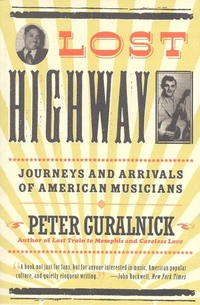 Lost Highway: Journeys and Arrivals of American Musicians
Lost Highway: Journeys and Arrivals of American Musiciansby Peter Guralnick
-
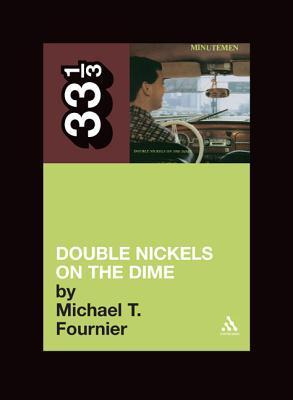 Double Nickels on the Dime
Double Nickels on the Dimeby Michael T. Fournier
-
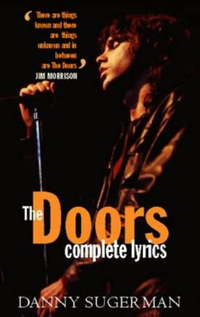 The Doors: Complete Lyrics
The Doors: Complete Lyricsby Danny Sugerman
-
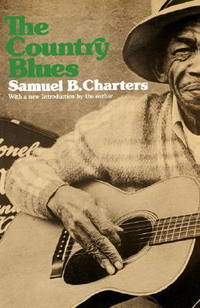 The Country Blues
The Country Bluesby Samuel Charters
-
 I Am the Blues: The Willie Dixon Story
I Am the Blues: The Willie Dixon Storyby Willie Dixon
-
 Tap!: The Greatest Tap Dance Stars and Their Stories, 1900-1955
Tap!: The Greatest Tap Dance Stars and Their Stories, 1900-1955by Rusty E. Frank
-
 The World of Music According to Starker
The World of Music According to Starkerby Janos Starker
-
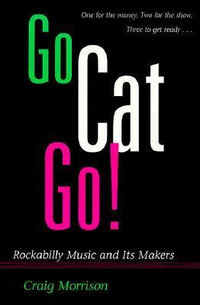 Go Cat Go!: Rockabilly Music and Its Makers
Go Cat Go!: Rockabilly Music and Its Makersby Craig Morrison
-
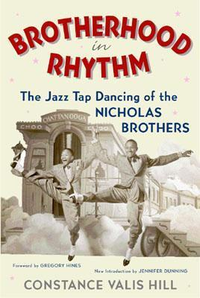 Brotherhood In Rhythm: The Jazz Tap Dancing of the Nicholas Brothers
Brotherhood In Rhythm: The Jazz Tap Dancing of the Nicholas Brothersby Constance Valis Hill
-
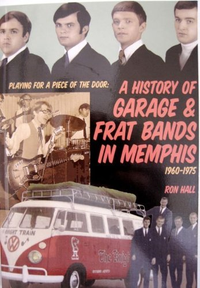
-
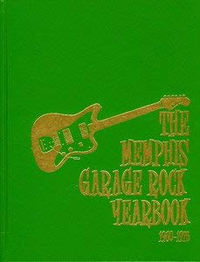 The Memphis garage rock yearbook, 1960-1975
The Memphis garage rock yearbook, 1960-1975by Ron Hall
-
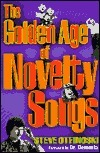 The Golden Age of Novelty Songs: By Steven Otfinoski
The Golden Age of Novelty Songs: By Steven Otfinoskiby Steven Otfinoski
-
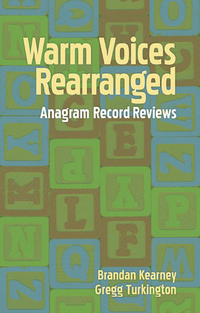 Warm Voices Rearranged: Anagram Record Reviews
Warm Voices Rearranged: Anagram Record Reviewsby Brandan Kearney
-
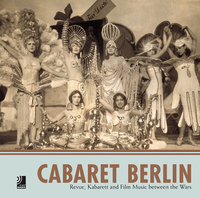 Cabaret Berlin: Revue, Kabarett and Film Music between the Wars
Cabaret Berlin: Revue, Kabarett and Film Music between the Warsby Edel EarBOOKS
-

-
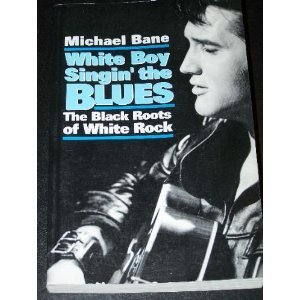 White Boy Singin' the Blues
White Boy Singin' the Bluesby Michael Bane
-
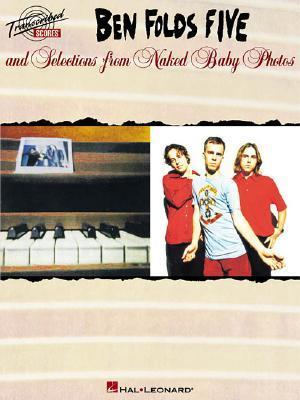 Ben Folds Five and Selections from Naked Baby Photos
Ben Folds Five and Selections from Naked Baby Photosby Hal Leonard Corporation
-
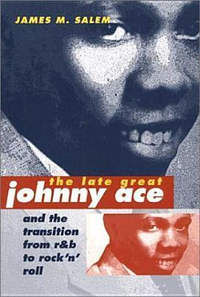 The Late Great Johnny Ace and the Transition from R&B to Rock 'n' Roll
The Late Great Johnny Ace and the Transition from R&B to Rock 'n' Rollby James M. Salem
-
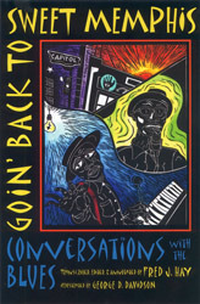 Goin' Back to Sweet Memphis: Conversations with the Blues
Goin' Back to Sweet Memphis: Conversations with the Bluesby Fred J. Hay
-
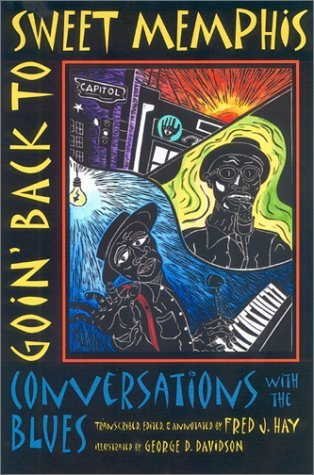 Goin' Back to Sweet Memphis: Conversations With the Blues
Goin' Back to Sweet Memphis: Conversations With the Bluesby Frederick J. Hay
-

-
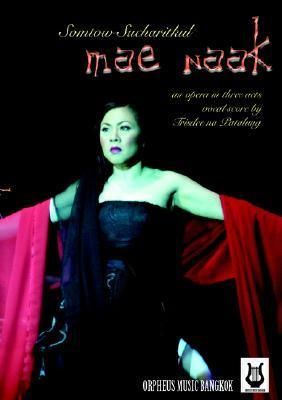 Mae Naak (vocal score)
Mae Naak (vocal score)by Somtow Sucharitkul
-
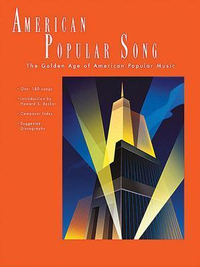 American Popular Song
American Popular Songby Howard Becker